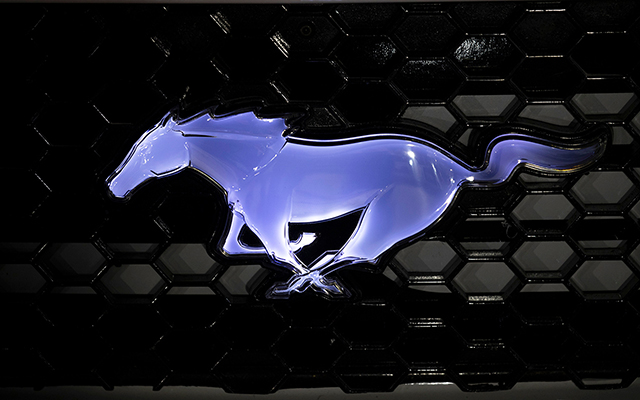Sports have rules, regulations, guidelines. Sometimes they’re easily interpreted and implemented, sometimes they’re not.
Motorsport is a great example of this, and in 2019 there’s been a measure of controversy about a new entrant to the category now known as Supercars.
Ford’s Mustang is the new kid on the block, and it’s been greeted with both open arms and raised eyebrows. The main cause of its mixed reception has been to do with the regulations that Supercars run and this has affected the aerodynamics of the car that’s been built.
In order to keep a field as close together as possible, Supercars use a term, parity, to cover the way the cars look and act thanks to their body shape and resultant aerodynamic aids.
Under the current regulations, a Supercar must: be front engine, have rear wheel drive, be based on a four seater vehicle, be right hand drive, and accurately reflect the look of the donor vehicle.
The cars must feature a rear wing, a front spoiler, and run a standardised tyre and wheel combination. The cars are built on a common space-frame chassis and its part of this that appears to have caused some issue. The Mustangs were given the go ahead late in 2018 and therefore were built on the chassis that the Ford Falcon was raced in.
The roofline for the Mustang Supercar is higher than the road car, meaning it’s more of a bubble roofed design. The builders have to work with mandated “hardpoints”, points inside the car’s panels that cannot be moved for any reason. As such the Supercar is also narrower and longer than a road Mustang. The roofline is courtesy of a roll bar height that has a fixed position.
In order to comply with the airflow that the massive rear wing has to deal with, the slope of the rear of the car is more evident, minimising the small bootlid that the road car has.
But, somehow, all of this seemed to have come to little effect as the Mustang has proven to be a more than capable race winner. Nine of the first ten races in the 2019 season were Mustang won, and pole position was eight from ten.
As a result of this, regulations were tweaked to, in turn, tweak the Mustang. A change to the car’s centre of gravity was made, and the endplates on the wing were reduced in size. Up front, the “tray” the extension forward of the front bumper, was reduced in size, and a small flap at the rear, called the Gurney Flap, which projects upwards from the bootlid at ninety degrees, was changed slightly.
The Centre Of Gravity refers to the ballast the cars carry to make them equal weight. The Mustang was found to be the same as the Commodore however both were found to have a COG advantage over the third car in the series, the Nissan Altima. By raising the height of the ballast’s location, it raises the centre of gravity and therefore changes the cornering ability of the car as well.
Supercars’ own words state: “The Supercars Championship is underpinned by technical parity. That is, the sport seeks to minimise any technical differences between models of vehicle in the spirit of equitable competition.
Supercars does not pursue sporting parity, which seeks the equalisation of the abilities of participating drivers and or teams.”
Are you following the Mustangs Supercars this year? Let us know your thoughts on the category and the Mustang Supercar via our blog feedback section.
